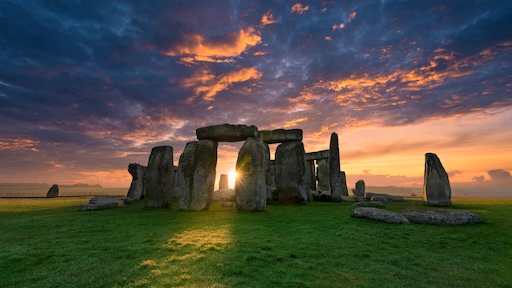
There it stands—massive, stoic, and shrouded in mystery. On the rolling Salisbury Plain in southern England, Stonehenge rises like an ancient riddle etched into stone. It’s one of the most iconic monuments in the world, yet no one can fully explain why it was built, who exactly built it, or how those massive stones got there.
Welcome to Stonehenge, a UNESCO World Heritage Site that’s equal parts historical artifact and cosmic enigma. Whether you're into ancient astronomy, Druid legends, or just weird old rocks that seem way too heavy to move without a forklift, this megalithic masterpiece will capture your imagination.
So… What Is It?
Stonehenge is a circular arrangement of standing stones, each weighing up to 25 tons and standing as tall as 13 feet. At first glance, it looks like a very determined group of giants tried to build a portal or a temple—but with no instruction manual.
Archaeologists estimate that the earliest parts of Stonehenge were built around 3000 BCE. That’s older than the Pyramids of Giza, older than the written word in many parts of the world. Over time, various generations added to the structure, rearranging stones and digging ditches in what appears to be phases of continual fascination and worship.
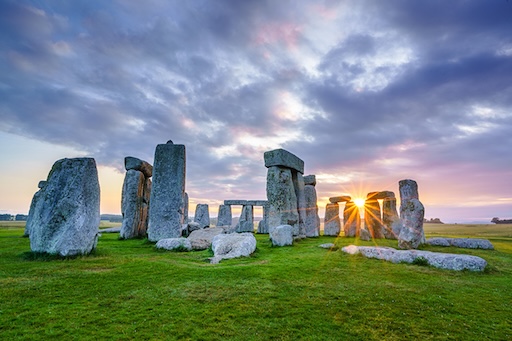
The Great Mystery
Ask ten experts what Stonehenge was used for, and you might get ten different answers. A burial ground? A celestial observatory? A temple for earth worship? A prehistoric calendar synced with solstices? Or maybe something far stranger—some even suggest alien involvement, because of course they do.
What we do know is that Stonehenge aligns perfectly with the sunrise on the summer solstice and the sunset on the winter solstice. This level of precision makes it hard to believe it was just thrown together for decoration. Someone, somehow, understood the cosmos well enough to encode that knowledge into stone.
Where Did the Stones Come From?
That’s another head-scratcher. The smaller “bluestones” are believed to have been brought from the Preseli Hills in Wales—over 150 miles away. And they weren’t exactly backpack-sized. The question remains: how did prehistoric people, without the wheel or modern tools, move stones that weighed several tons across such a vast distance?
Some theories involve sledges and rafts. Others point to a type of rolling log system. Then again, maybe they had a little help from… something else. That’s the fun of Stonehenge—science gets us close, but mystery always has the final word.
Legends and Lore
According to medieval legends, the wizard Merlin transported the stones from Ireland using magic. Another tale claims giants placed them there long before humans walked the land. Druids later adopted the site as sacred, and even today, modern Druid groups gather at the monument during solstices and equinoxes for ceremonies.
Visitors during those times often report a peculiar energy in the air—as if the stones themselves are humming with the wisdom of thousands of years. Are the legends mere myth, or is Stonehenge still echoing ancient rituals long forgotten?

Visiting Stonehenge
Stonehenge is located about 2 hours west of London and is easily accessible by car or tour bus. English Heritage manages the site and offers an excellent visitor center complete with exhibitions, Neolithic houses, and a café that serves surprisingly good pastries.
You can’t walk among the stones during regular hours (unless you’re on a special access tour), but the view from the perimeter is no less impressive. And if you time your visit for sunrise or sunset—especially during the solstice—you’ll understand why this place has captivated humanity for over 5,000 years.
A Monument That Outlives Time
Stonehenge is more than just a pile of rocks—it’s a conversation across millennia. It’s a symbol of ambition, mystery, and the deeply human urge to reach beyond ourselves, whether through engineering or myth. No one knows all the answers, and maybe that’s the point.
As you stand in front of those massive stones, the world quiets. You feel the wind, the weight of history, and a strange sense that you’re not just looking at the past—you’re standing inside a question that still hasn’t been answered.
Final Thought
Stonehenge invites wonder in the purest sense. It doesn’t just tell you a story—it makes you ask your own questions. Who were we back then? What did we know? And what ancient secrets still sleep in the stones, waiting for the right moment to wake?
Stonehenge isn’t just a monument—it’s a mystery carved in stone, whispering through the ages, daring us to imagine.
Share this story and inspire others.
Tags: Stonehenge, Wiltshire monuments, Megalithic mystery, UNESCO sites England, Ancient Britain, Chasing Hidden Wonder
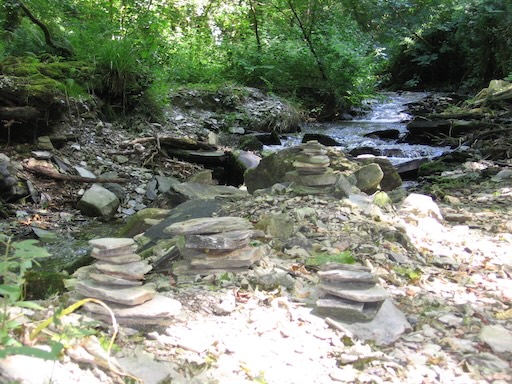 St. Nectan’s Glen – A Hidden Waterfall Steeped in Celtic Legend
St. Nectan’s Glen – A Hidden Waterfall Steeped in Celtic Legend
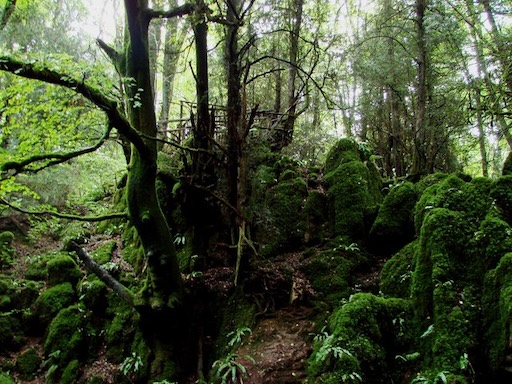 Puzzlewood – A Real-Life Fantasy Forest in Gloucestershire
Puzzlewood – A Real-Life Fantasy Forest in Gloucestershire
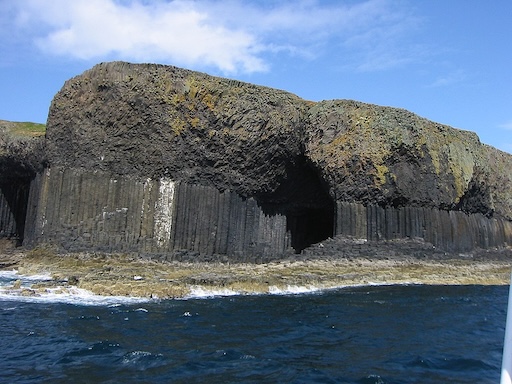 Fingal’s Cave – Scotland’s Singing Sea Cathedral of Stone
Fingal’s Cave – Scotland’s Singing Sea Cathedral of Stone
 Tower of London – The Fortress That Guards History
Tower of London – The Fortress That Guards History
 The British Museum – Where the World’s Treasures Come to Stay
The British Museum – Where the World’s Treasures Come to Stay
 Alnwick Castle – Where Magic Meets Medieval Might
Alnwick Castle – Where Magic Meets Medieval Might
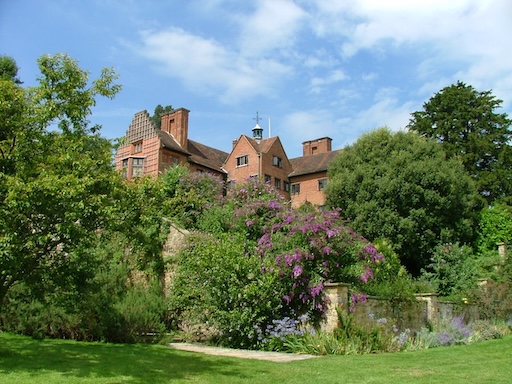 Chartwell House – Where Churchill’s Spirit Still Walks the Halls
Chartwell House – Where Churchill’s Spirit Still Walks the Halls